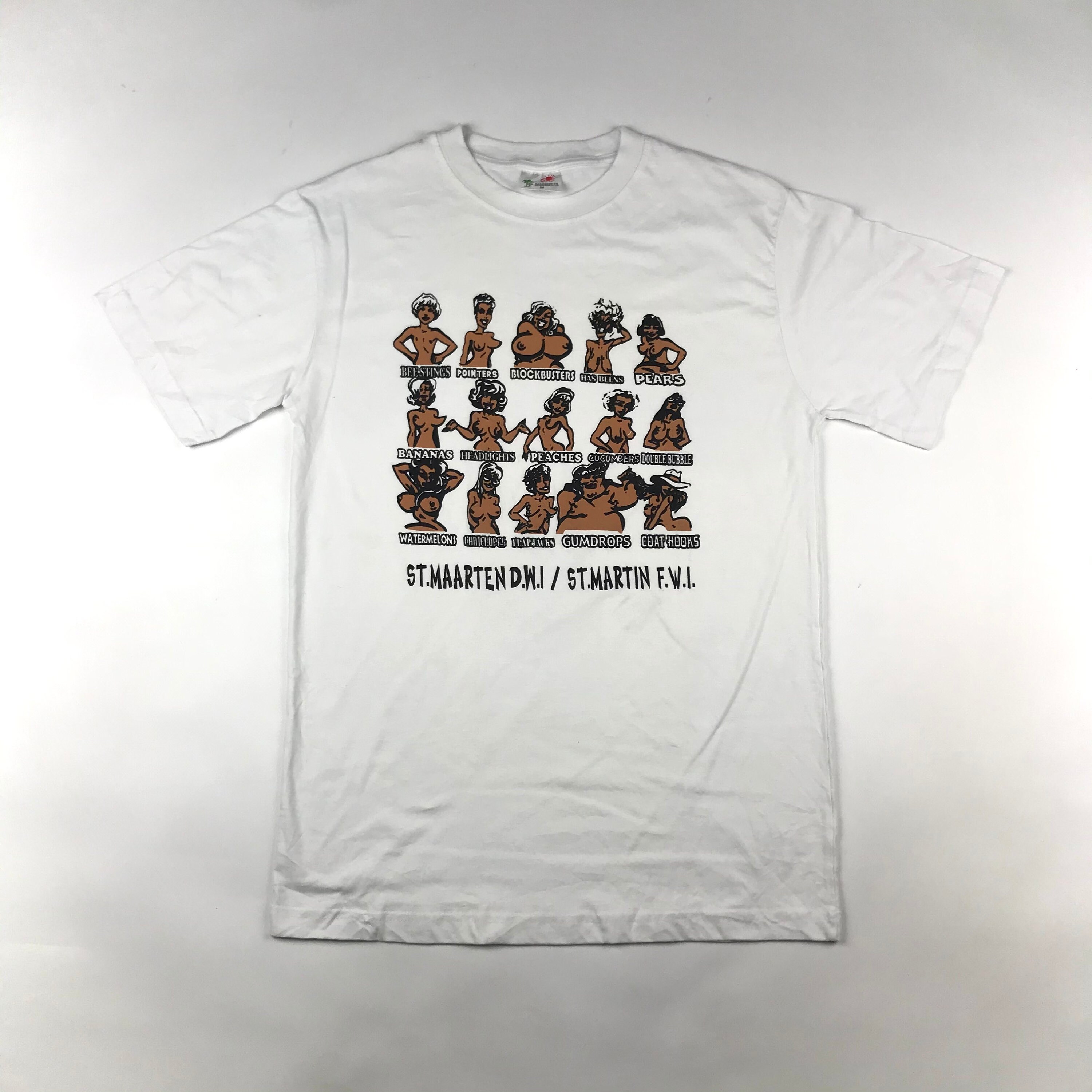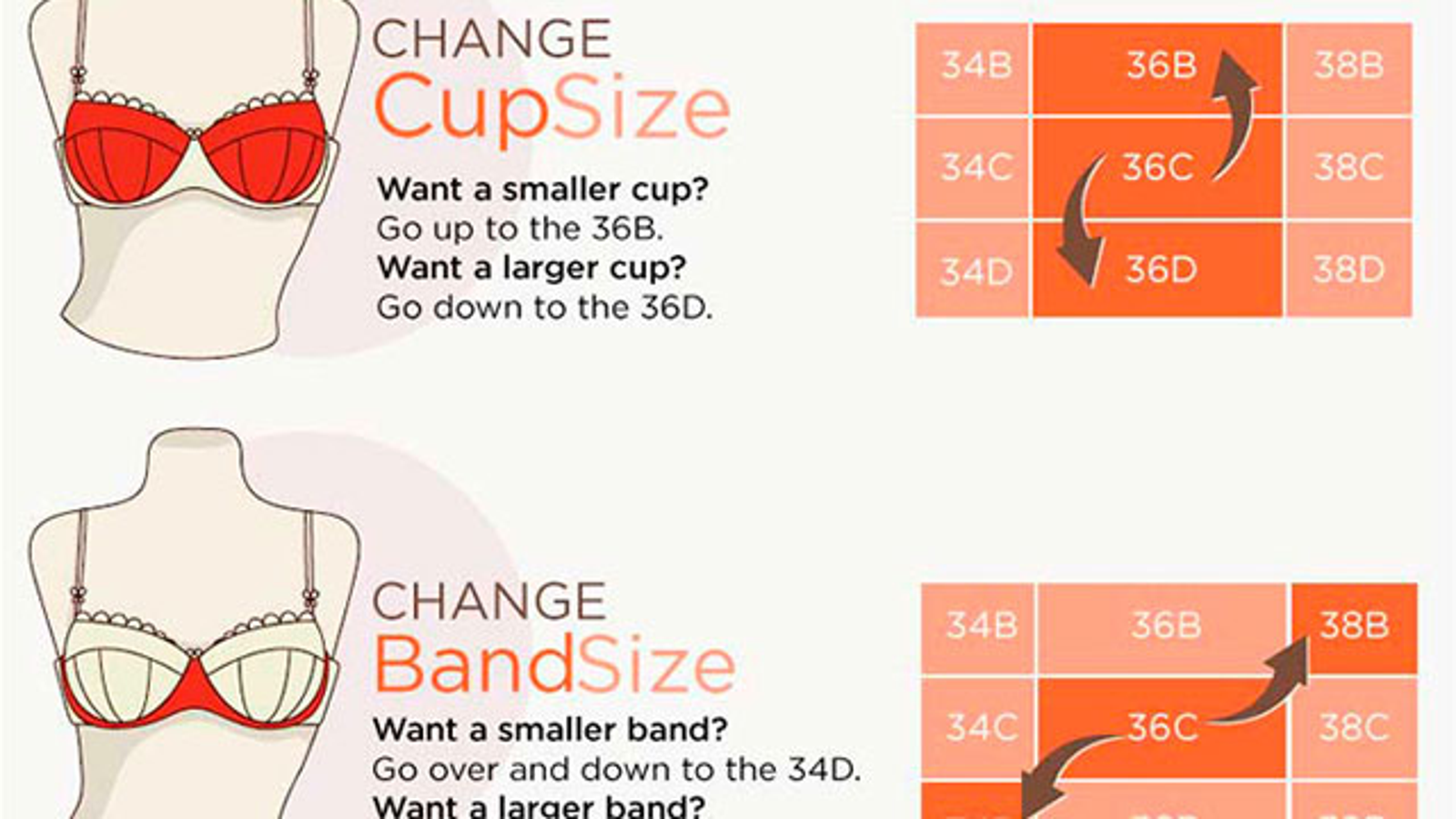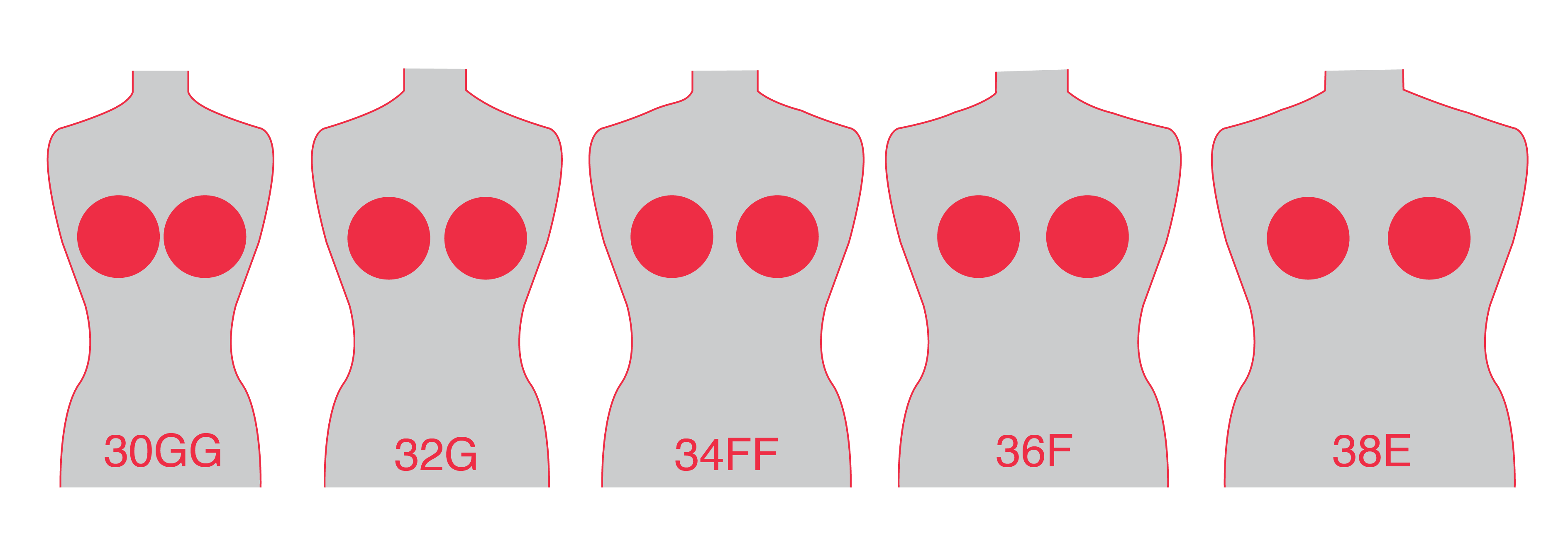

Healthline has strict sourcing guidelines and relies on peer-reviewed studies, academic research institutions, and medical associations. If you notice anything unusual in your gait, or if you feel persistent pain in your feet, knees, or hips, talk to a physical therapist or podiatrist to determine if the shape of your foot is at the root of the problem. Those biomechanics can lead to injury or to painful conditions, like bunions, hammer toes, shin splints, or plantar fasciitis.

It’s important to pay attention to your arch type and any tendency you may have to pronate or supinate as you walk or run. The shape of your foot can influence the way you move, however. There’s no evidence that the shape of your foot indicates what part of the world your ancestors walked through, and no research that proves foot shape is connected to personality traits. One of the things feet can’t do is reveal your heritage or personality. That’s because the way your feet move causes a ripple effect on the movements of your upper and lower legs.įeet support and propel you throughout the day, whether you’re waiting tables, marching in protests, or booting the ball past the goalie on a soccer pitch. Studies have shown that the height of your arch - either pes cavus or pes planus - can cause pain in your lower extremities in addition to your feet. Studies show that if you have high arches, your ankle may not be as strong or well-supported as people with lower arches. It may result in an ankle sprain, strain, or break. If your foot chronically oversupinates or overpronates because of the structure of your foot, you may be more likely to injure your ankle, according to a 2001 study. Most of the time, shin splints happen in people who are active in stop-and-start athletic activities, like tennis or soccer.

Shin splints cause pain that runs from your knee to your ankle on the front side of your leg, alongside your shinbone. If your foot posture is overpronated, you have a higher risk of developing medial tibial stress syndrome (MTSS), also known as shin splints, according to research.

This condition has been associated with high arches and oversupinated feet, as well as with low arches or flat feet. It usually causes sharp pains near your heel. Plantar fasciitis is an inflammation of the soft tissues that stretch from your toe to your heel. Both foot shapes make the muscles in your feet work in off-balance ways, which can change the forces at work on your toes over time. Research indicates that both very high arches and flat feet both increase the odds that you’ll develop hammer toes. It’s a condition that usually develops as you age, and it can make finding comfortable shoes a real challenge. Hammer toe is the common name for severe bends in your second, third, fourth, or fifth toes. Around 23 percent of the population has them, and they’re particularly prevalent among older women.Īlthough bunions can be caused by nonhereditary factors, like wearing narrow, high-heeled shoes, researchers believe that having low arches or flat feet increases your risk of developing them. BunionsĪ bunion is a bony bump on the inside of your foot near the base of the big toe. These conditions usually develop as you age, or as physical activities put repeated stress on the bones and soft tissues in your feet. The shape of your foot - particularly your arch type - can cause you to develop certain conditions. Does foot shape make people more prone to foot and leg problems?


 0 kommentar(er)
0 kommentar(er)
